









(via The Aston Martin DBS Was The Angular Muscular Masterpiece That Signaled A New Era • Petrolicious)
from Tumblr https://somar78.tumblr.com/post/669750347058806784
This almost hour-long documentary tells the incredible story of Thrust 2, a jet-powered land speed record car that would overcome long odds to set a new record of 622.407 mph (1001.667 km/h) over one mile on the 4th of October 1983.
The record would stand for an extraordinary 12 years, 11 months, and 11 days.
The vehicle was called “Thrust 2” as the original plan by designer John Ackroyd had called for three vehicles to be made – Thrust 1, Thrust 2, and Thrust 3.
Thrust 1 was planned to be the test bed for the engine and some technologies that were being developed for the land speed record car. Thrust 2 was built as a fully-functional two seater that driver and project leader Richard Noble could take people (and potential sponsors) on joy rides up to 200 mph.
Thrust 3 was intended to be the primary record breaking vehicle, and it would be the final vehicle built in the series.
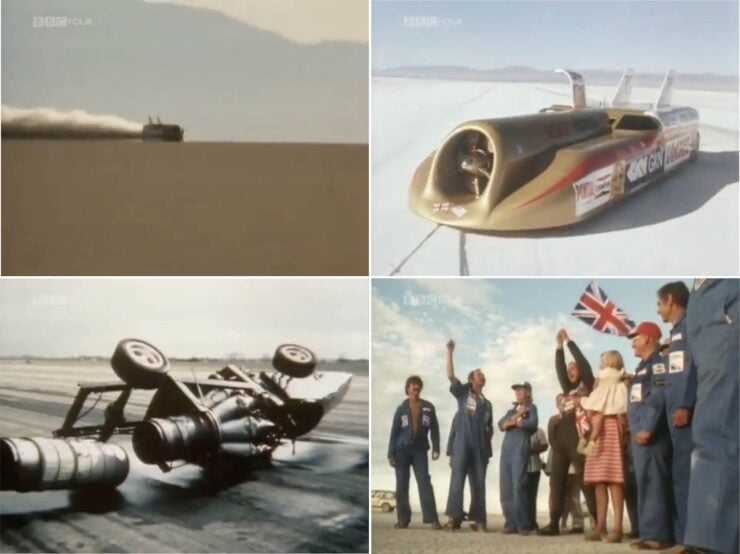
The trials and tribulations faced by the team before they landed their world speed record were almost unending, in all the project took almost 10 years to achieve its goal.
The first of many set backs happened in March of 1977 when Thrust 1 suffered a rear wheel bearing failure at 140 mph which resulted in the vehicle flipping over multiple times and being badly damaged. Noble and Ackroyd would then streamline their plans, shifting the record breaking attempt to Thrust 2 and cancelling Thrust 3.
The sheer number of setbacks endured by the team was extraordinary, they seemed to attract rain to regions of the world where rain only rarely occurs, including the Bonneville Salt Flats in Utah and the Black Rock Desert in Nevada.
The stubbornness of Richard Noble and his uncanny ability keep sponsors onboard even after 9 years years of setbacks resulted in a new world record in 1983, a record that would stand until 1997 when Richard Noble himself would break it driving Thrust SSC.
Read more about Richard Noble and his remarkable land speed record breaking cars here.
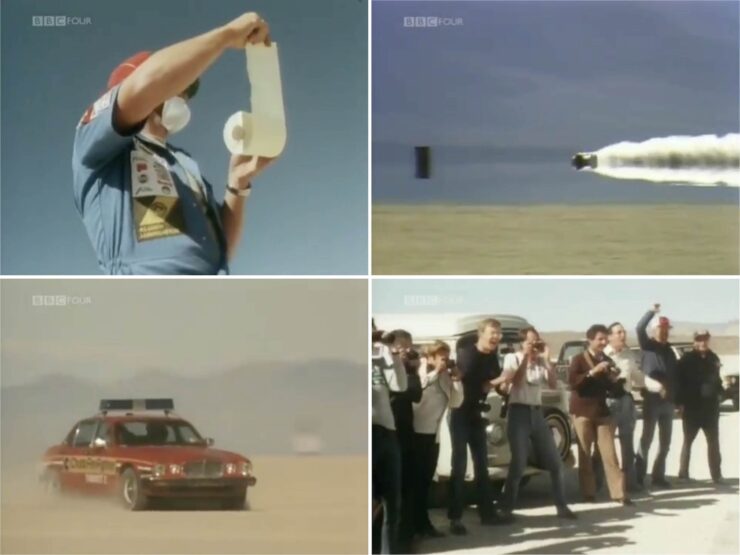
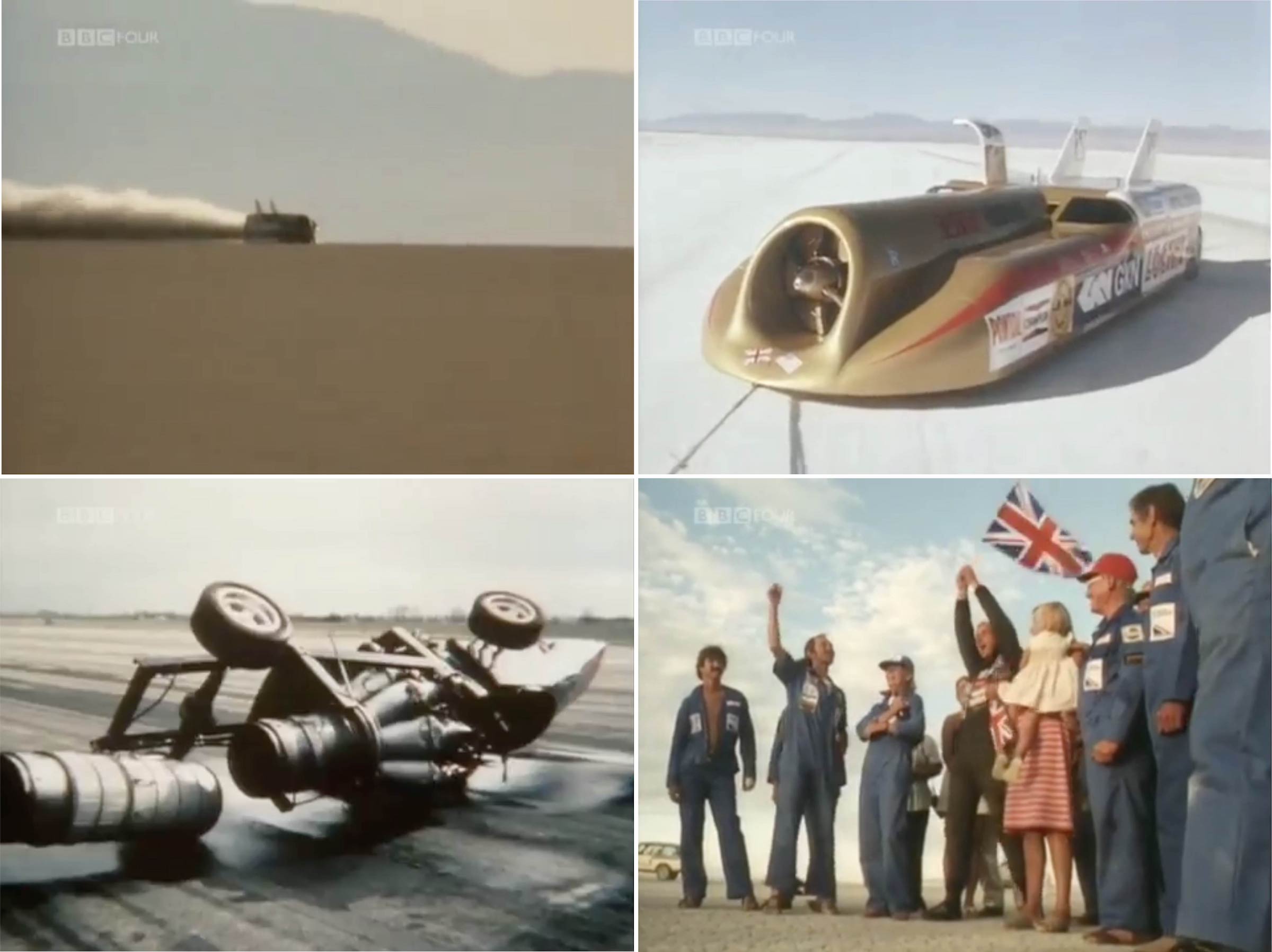
The post Full Documentary: Thrust 2 “For Britain And The Hell Of It” appeared first on Silodrome.
There will likely be two main types of people who read this article, the first will be Americans who have never seen this version of the El Camino, and the second type will be Australians who are here to tell me that this is actually a Holden HQ Ute.
In a way the Australians would be right, this version of the El Camino was never sold outside of South Africa, and it is very closely based on Australia’s venerable Holden HQ Ute.
Although it isn’t common knowledge in the motoring world, the humble ute was actually invented by an Australian lady who lived and worked on a farm in Victoria with her husband. She wrote a letter to Ford Australia asking for “a vehicle to go to church in on a Sunday and which can carry our pigs to market on Mondays.”
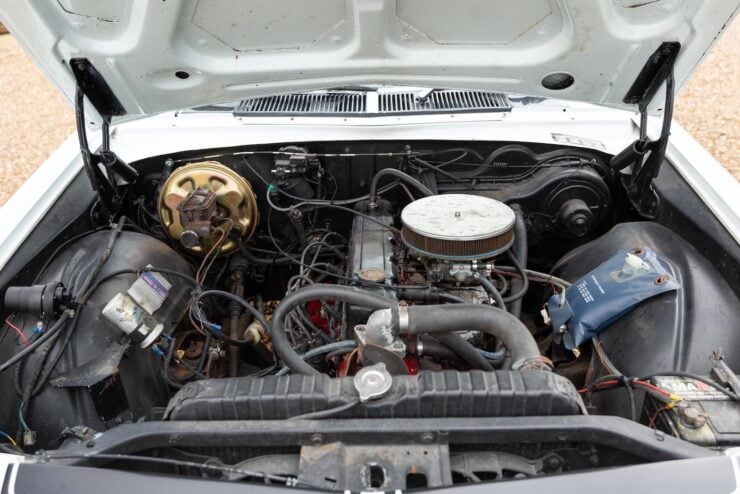
This El Camino is powered by the venerable Holden straight-six with a single carburetor, this same engine has powered innumerable Australian cars over the years.
To their credit, the folks at Ford took her seriously and realized she was onto a good idea. Ford designer Lew Bandt created a two-door coupe with a pickup truck-style rear end and it was released in 1934.
The ute quickly became a cultural touchstone in Australia featuring in songs, films, television shows, books, and magazines. No other country adopted the ute with quite as much enthusiasm as Australia, though they did see some popularity in the USA with the El Camino and the Ford Ranchero.
General Motors saw South Africa as potentially a good market for a ute, and so they had a special version of the Holden HQ Ute built with Chevrolet and El Camino badging. This Ute would sell alongside the Chevrolet Kommando which was the four-door sedan version of the HQ, and the Chevrolet Constantia which was the more luxurious version of the HQ sedan.
The Kommando was offered with just the 4.1 liter Holden straight-six engine, whereas the Kommando could also be ordered with the more powerful 5.0 liter V8. Interestingly, the El Camino could be ordered with either of these engines or the 3.3 liter straight-six.
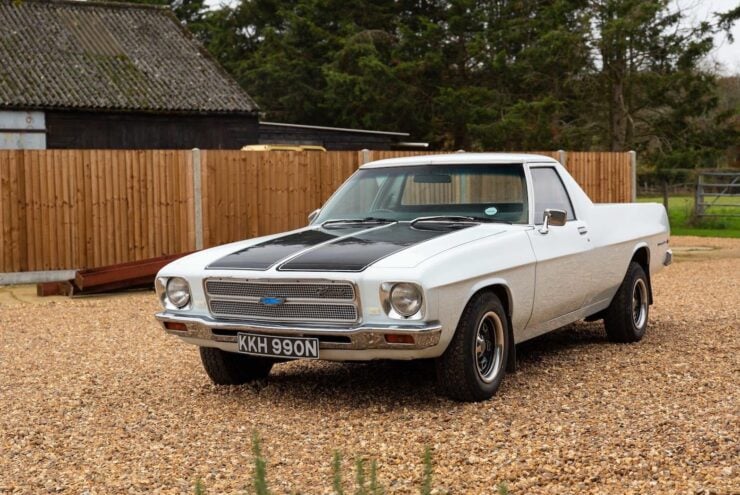
Though it’s badged as an El Camino the car is really a Holden HQ Ute built in Australia for GM’s market in South Africa.
It’s not known how many examples of the HQ-based Chevrolet El Camino remain in South Africa, but we do know that they only very rarely come up for sale outside the country – making the car pictured here all the more unusual.
This vehicle is a 1975 South African Chevrolet El Camino, the final model year before Holden introduced the HJ series. Under the hood you’ll find the popular Holden straight-six engine with a single carburetor, and power is sent to the rear wheels via an automatic transmission.
The vehicle looks largely original throughout with a few minor changes here and there, the wheels, badging, and interior all look completely stock.
Bonhams is due to offer this unusual El Camino at the MPH auction on the 11th of December, the price guide is a rather reasonable $13,000 – $20,000 USD. If you’d like to read more about it or register to bid you can click here to visit the listing.
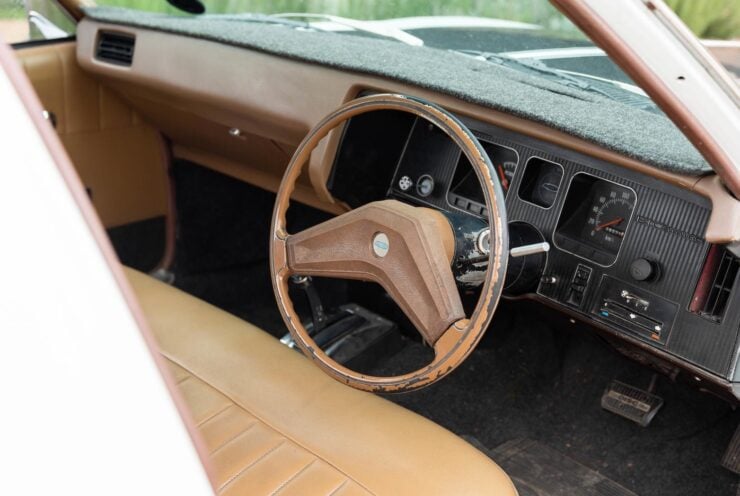
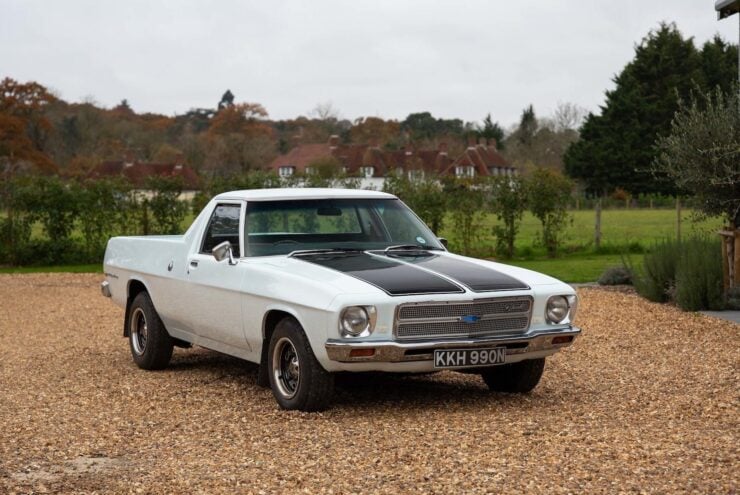
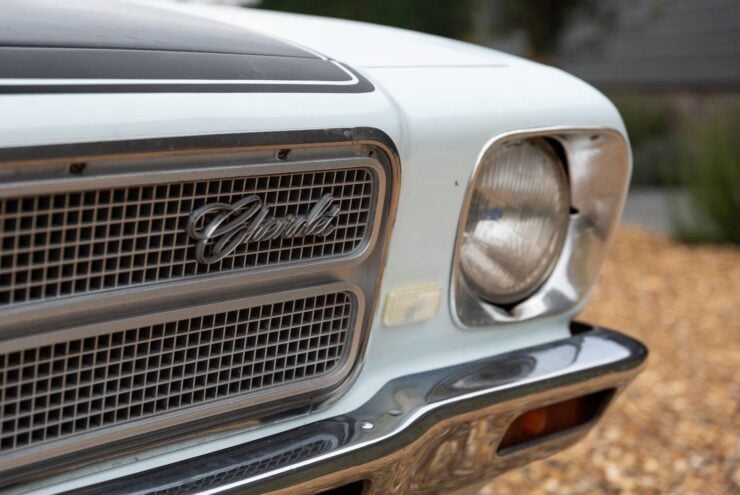
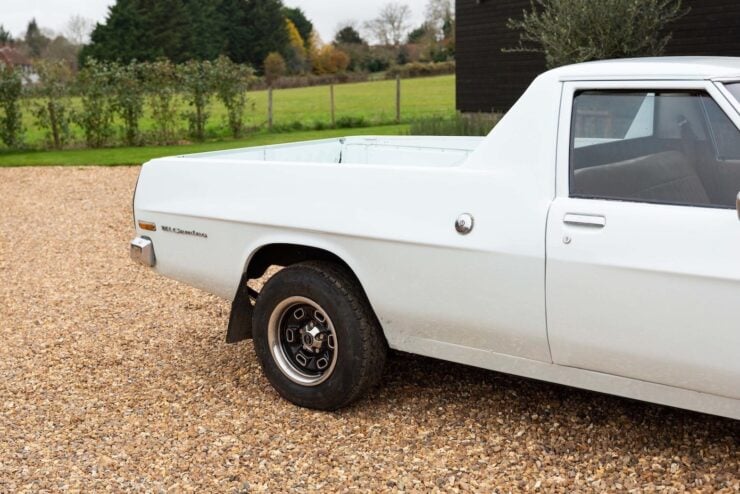
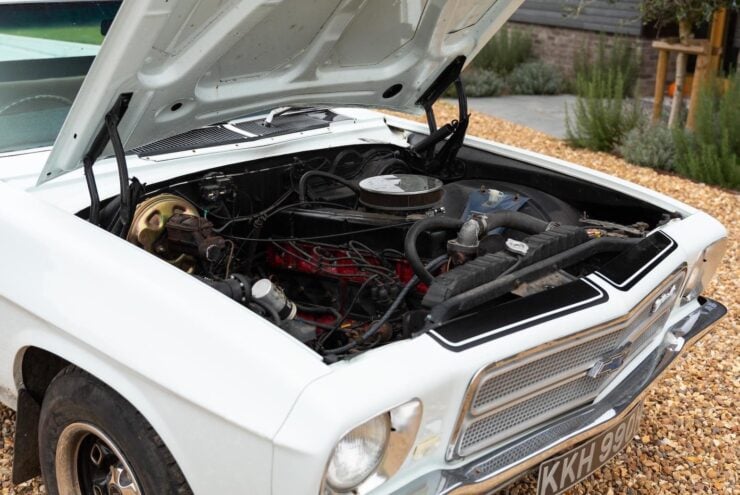
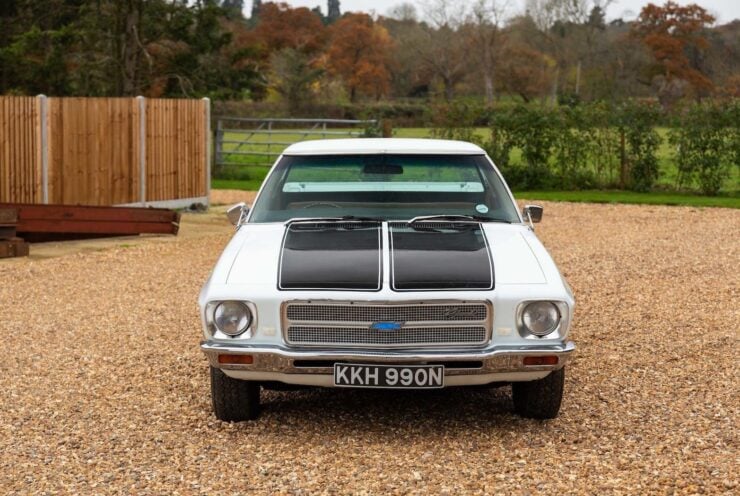
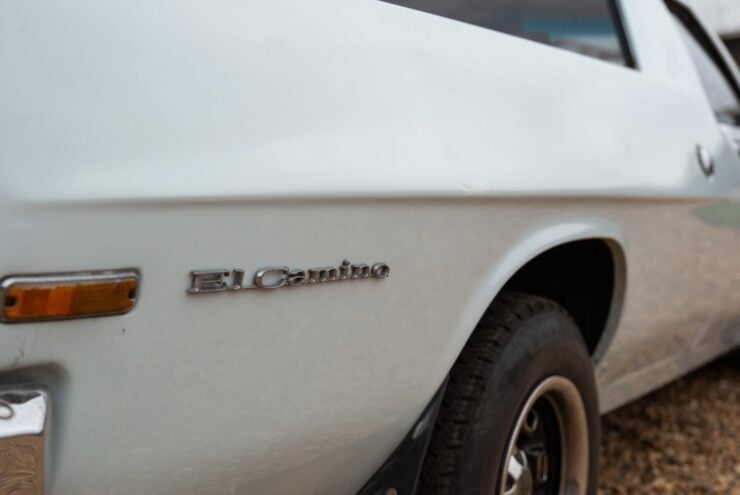
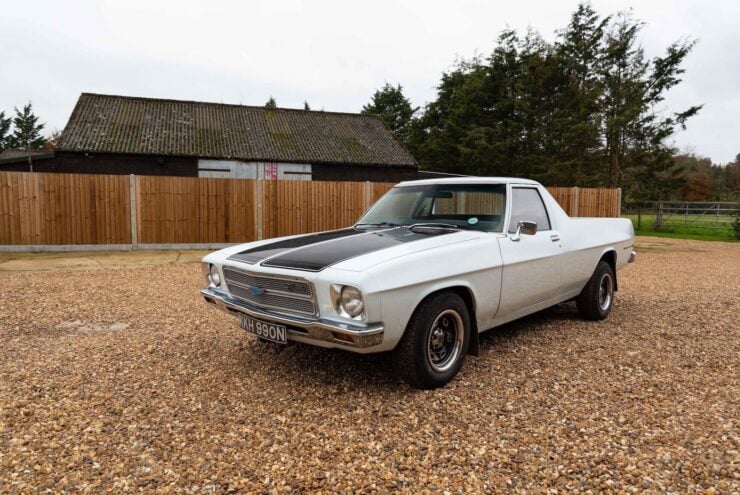
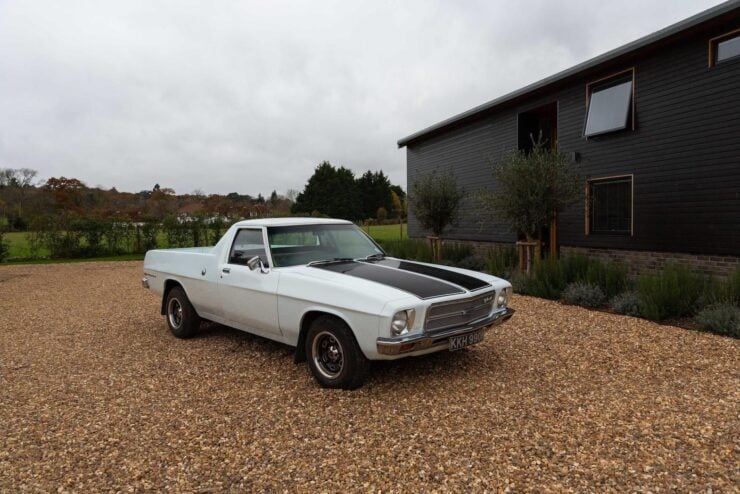
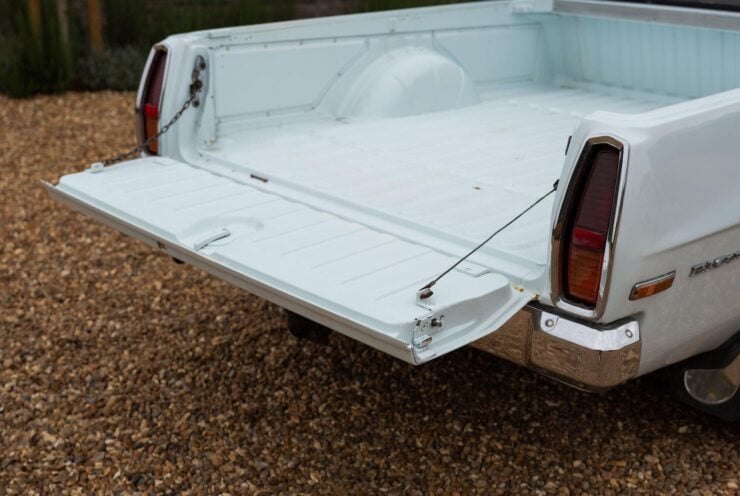
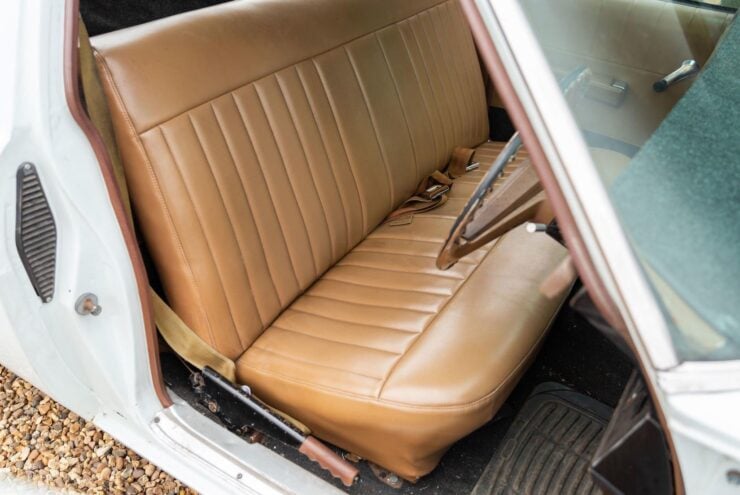
Images courtesy of Bonhams
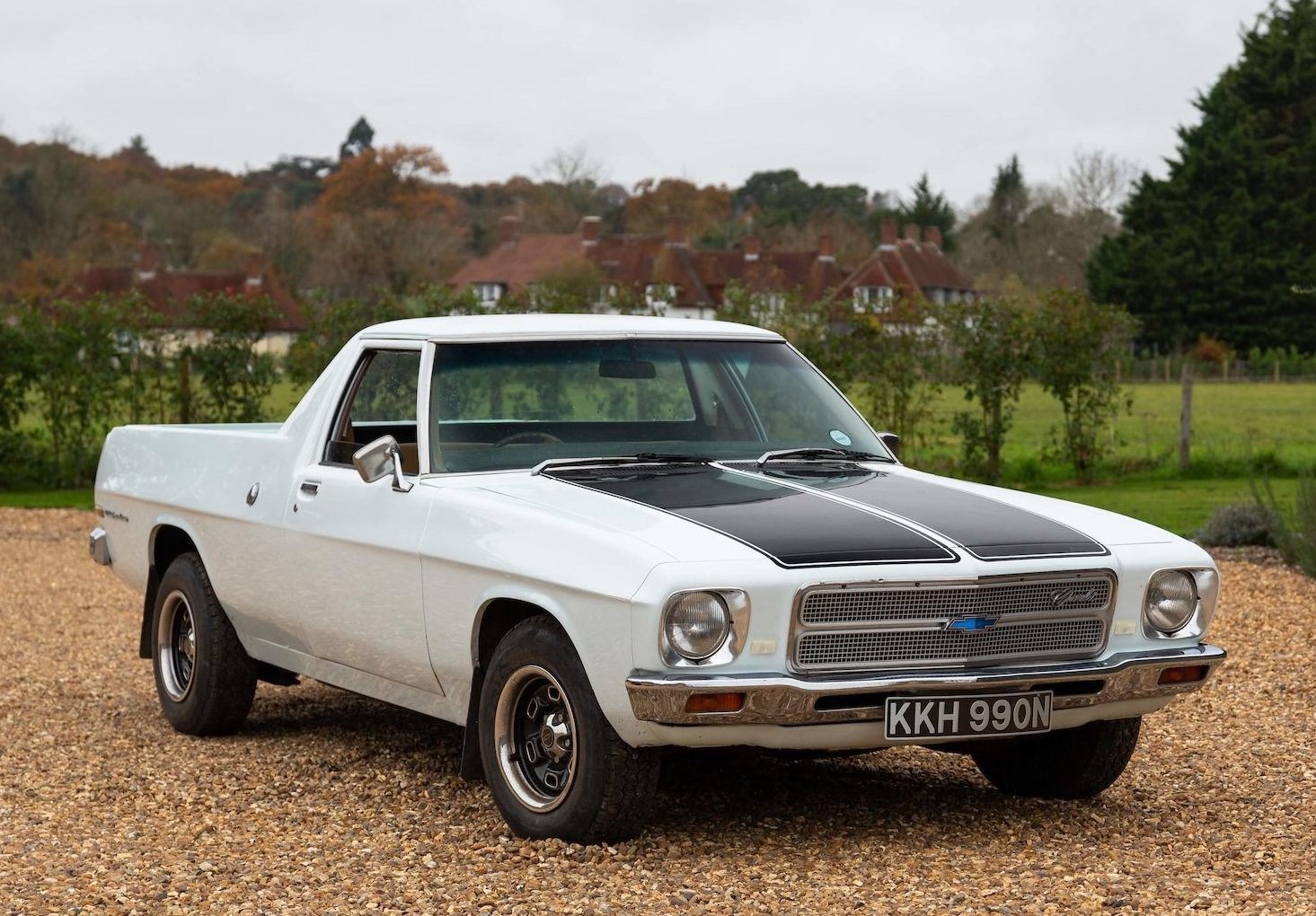
The post A Rare South African Chevrolet El Camino appeared first on Silodrome.
This Maserati Merak SS was partially disassembled for a restoration, however for reasons unknown the project stalled and it’s now being offered for sale with a price guide of $17,000+ USD – vastly lower than the $104,000 USD valuation of a Merak SS that’s had a concours restoration.
The Maserati Merak was developed as a more practical and more affordable version of the earlier Maserati Bora. Thanks to its smaller V6 engine it had two additional seats in the rear, making it a viable option for those with young kids.
The Maserati Bora was first shown to the world at the Geneva Salon in March 1971, it was a V8 powered, mid-engined sports car designed by Giorgetto Giugiaro at Italdesign.
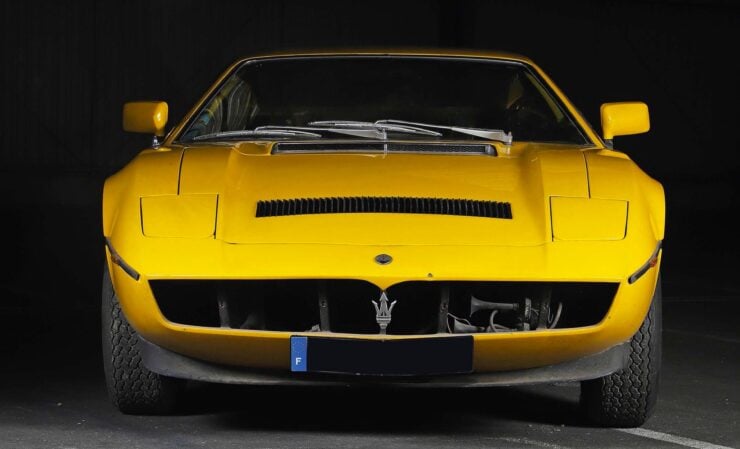
The Giorgetto Giugiaro styling of the Merak is undeniably beautiful, and it added the twin conveniences of better fuel economy and 2+2 seating compared with the Bora.
There was much global interest in the Bora, however it was clear that a pair of rear seats would help the company sell a significant number of additional cars. Maserati was owned by French automaker Citroën at the time, and so it was decided to develop a version of the Bora that was more fuel efficient and affordable, with that much needed 2+2 seating configuration.
Giugiaro was tasked with creating this new car, he kept the design much the same though there are some changes here and there, perhaps most notably in the rear where the full glass fastback was removed and replaced with an open back flanked with flying buttresses.
This new car was introduced to the world at the 1972 Paris Auto Show, it was called the Maserati Merak and its timing couldn’t possibly have been better. Less than a year later the world would be engulfed by the 1973 Oil Crisis which sent gasoline prices soaring around the world, resulting in a sharp decline in the number of fuel-hungry performance cars being sold.
As a more fuel efficient car with a lower price tag than its V8 sibling and practical 2+2 seating, the Merak outsold the Bora by more than a 3:1 ratio. In 1975 Maserati upgraded the car to “SS” specification, power was increased from 190 hp to 220 hp thanks to the use of three larger 44 DCNF 44 carburetors and a higher compression ratio.
Above Video: Maserati Merak SS owner Bruce Wagner talks about this car and its interesting history, this short film also includes some driving footage and engine sound.
Maserati was bought by Alejandro de Tomaso in 1977, he quickly opted to axe the Bora but he would keep the Merak in production well into the 1980s, not replacing it until 1984.
The Merak was originally powered by a V6 engine first designed by Giulio Alfieri in 1967 for the Citroën SM. It was an advanced engine for its time, so advanced in fact that it would stay in production with Maserati into the 1990s with a series of upgrades including twin turbocharging.
This engine is 3.0 liter (2,965cc) 90° V6 with twin chain-driven overhead camshafts per bank operating two valves per cylinder. Power output was originally 190 hp however this increased to 220 hp in the Merak SS.
Power is sent to the rear wheels via a 5-speed Citroën transaxle gearbox into a limited-slip differential.
Much like the Bora, the Merak uses a steel monocoque unibody with a tubular steel rear subframe onto which the powertrain and engine are fitted. Unusually, the engine is mounted longitudinally rather than the more common transverse layout used in competing models like the Ferrari Dino 308 GT4 and the Lamborghini Urraco.
The Merak rides on unequal length A-arms, coil springs, and telescopic shock absorbers front and back with disc brakes fitted at each corner.
The top speed of the Merak SS is listed by Maserati as being 250 km/h or 155 mph, an excellent rate of speed for a 3.0 liter V6 with 2+2 seating in 1975.
The Merak SS you see here is a 1981 model from the third last year of production, as a result in includes all of the upgrades made to the model family over its 11 year production life.
The SS version of the Merak is the most desirable as it has the additional power output that many want in a sports car of this nature. Hagerty currently lists the value of a concours Merak SS at $104,000 USD and the cost of a vehicle in good condition at $67,000 USD.
The Merak SS you see here is estimated to sell for somewhere in the region of $17,000 – $22,670 USD, and the listing states that the car is believed to be complete, it now needs to be restored and reassembled. There’s no doubt that this is a big project, but for the right person or team it could be a rewarding way to stay busy over the winter.
If you’d like to read more about this Maserati or register to bid you can click here to visit the listing on Aguttes. The car is due to cross the auction block on the 12th of December.
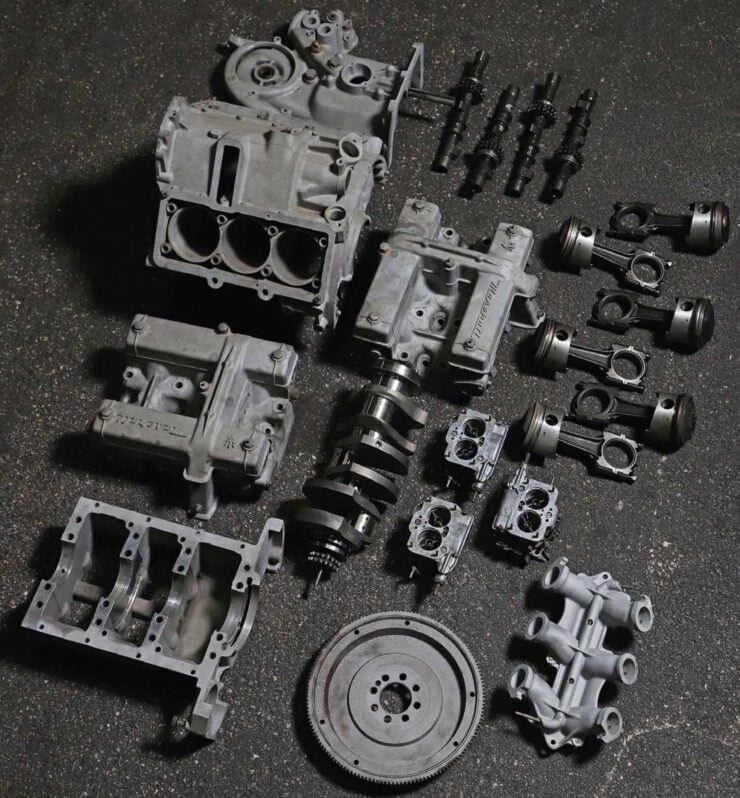
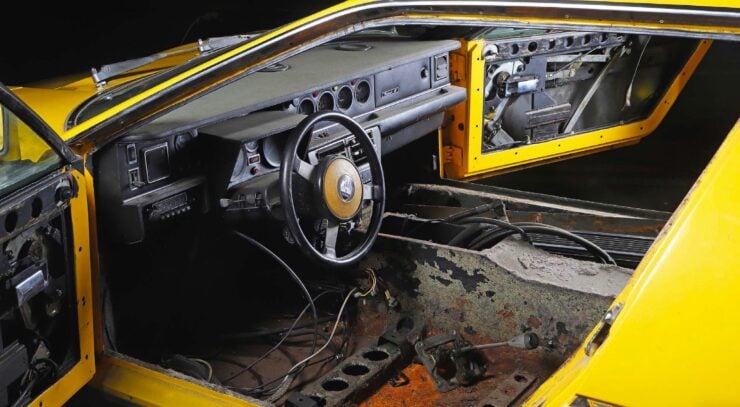
Images courtesy of Aguttes
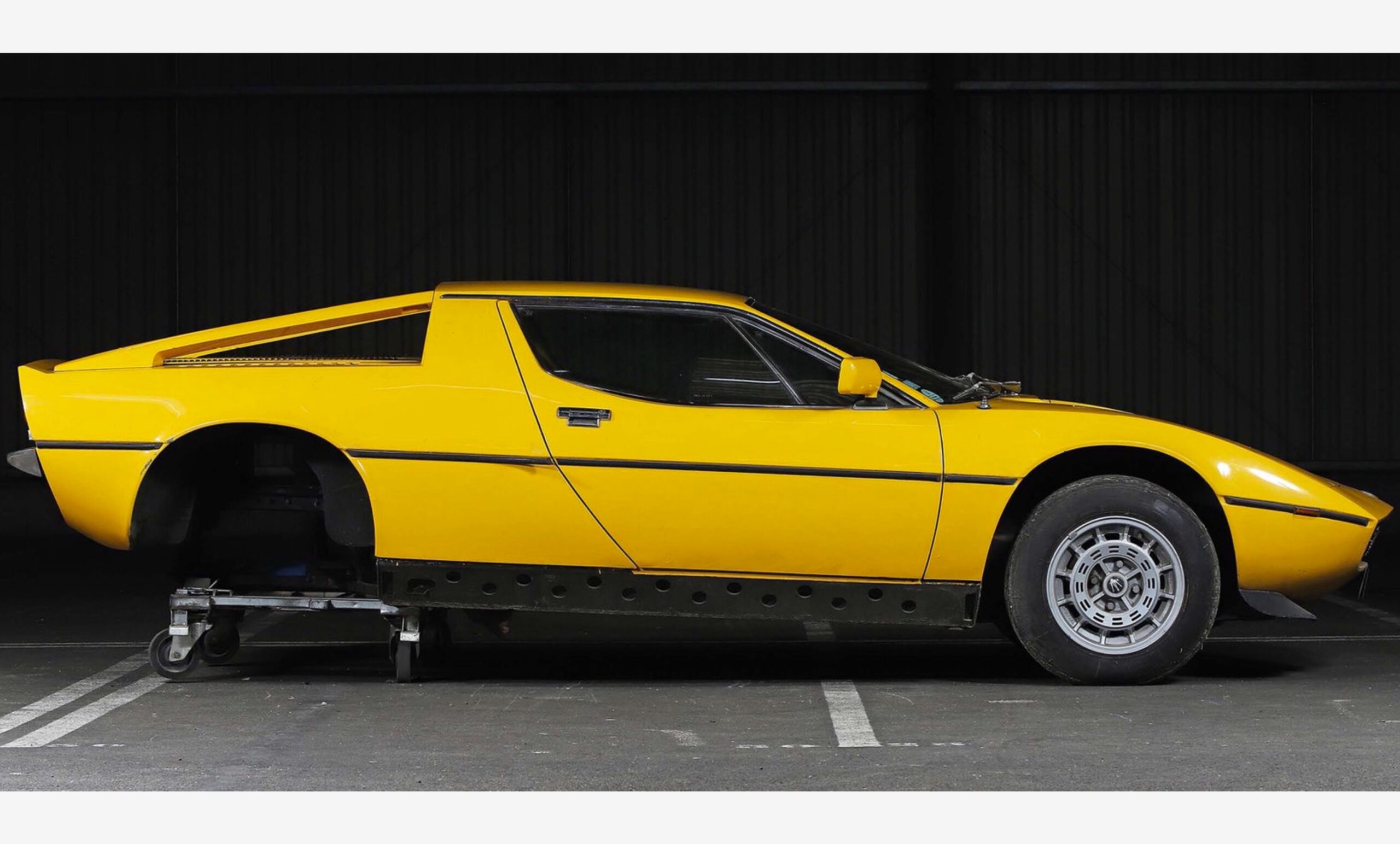
The post An “Affordable” Project Car: A 1981 Maserati Merak SS appeared first on Silodrome.